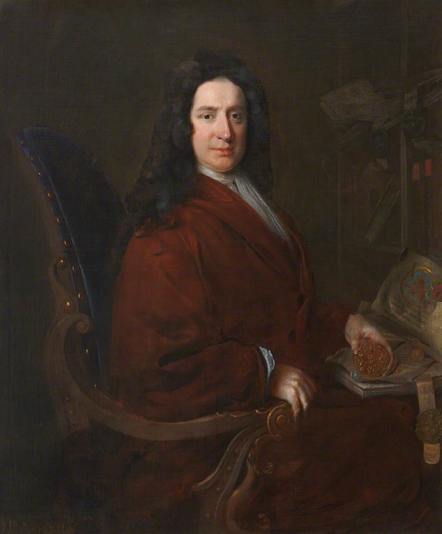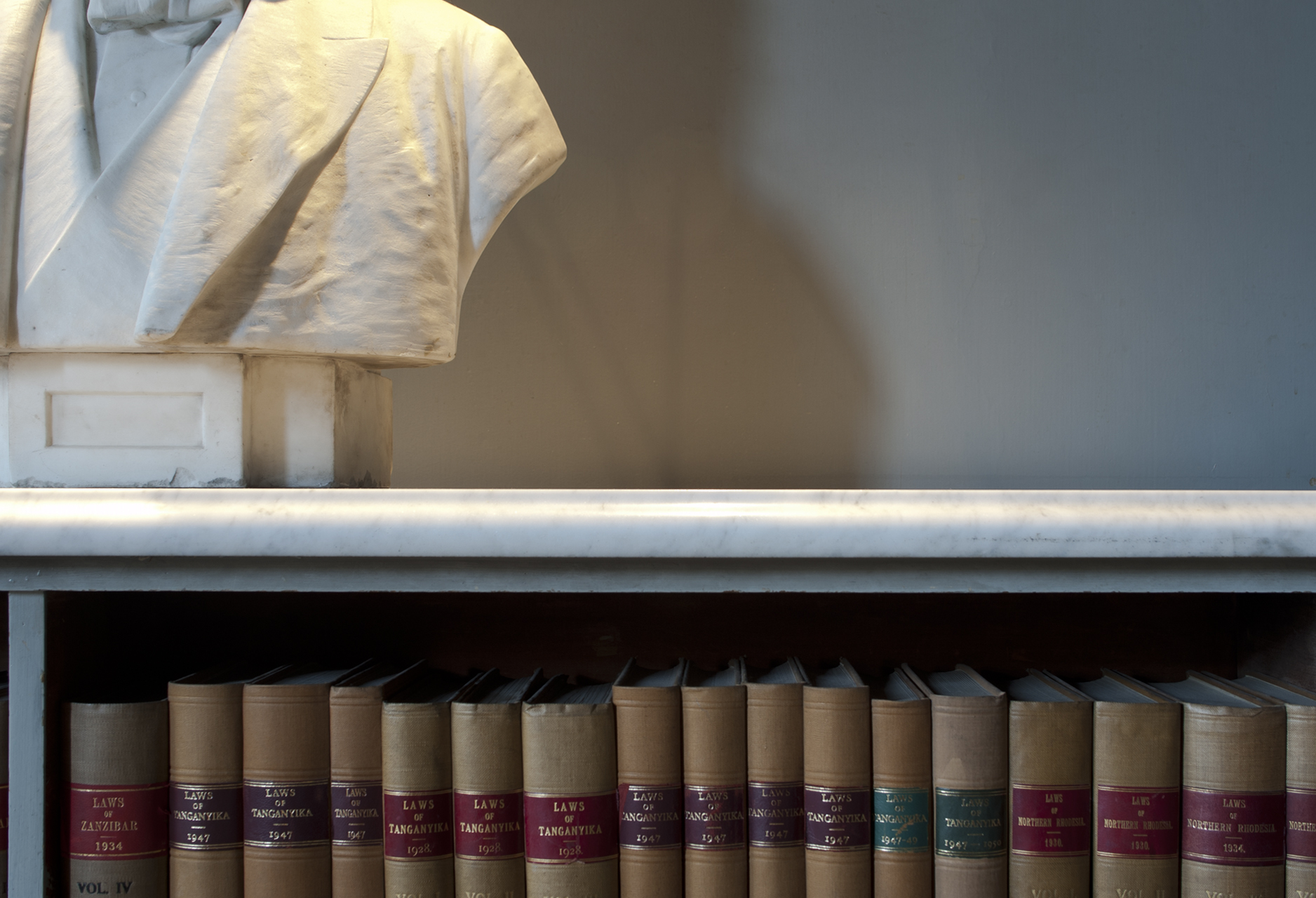John Cuninghame’s 1705 Classes in Law
THE WS SOCIETY ONLINE EXHIBITION 2024
A Discourse by Mr. John Cuningame Advocate, at the Beginning of his Lessons Upon the Scots Law
John Cuninghame (1671-1710), advocate.
Edinburgh: James Watson, 1705
This scarce and important pamphlet is one of the most significant markers in an underestimated cultural change in the history of Scotland: the arrival of legal education at the highest levels at Scottish universities.
For centuries, legal education in Scotland had had two branches. Writers to the Signet, and solicitors more generally, learned their profession through apprenticeship to an existing practitioner. Those wishing to be Advocates, or wishing to have a fundamental grounding in the Roman Law that underpinned Scotland as a jurisdiction, generally studied abroad – until the Reformation at Paris, and thereafter at Protestant centres of learning such as Leiden.
At the end of the seventeenth century, this began to change. Attempts during the 1600s to found chairs in Civil Law at Scottish universities had failed. Instead, a small group of Advocates began to offer teaching in Roman Law and Scots Law to pupils in Scotland, beginning with Alexander Drummond in 1699. John Spotiswoode followed in 1702, and, as seen here, John Cuninghame in 1705.
Successful foundations of university chairs soon followed. At the University of Edinburgh the Regius Professorship in Public Law and the Law of Nature and Nations was instituted in 1707, followed in 1710 by the Professorship in Civil (i.e. Roman) Law. Most significantly, in 1713 the University of Glasgow instituted the Regius Professorship in Civil Law, which from 1714 was held by William Forbes. Forbes’ 1722 Institutes of the Law of Scotland (the copy purchased on publication by the nascent Signet Library was used in turnfor the 2012 Old Studies in Scots Law facsimile reprint) was intended as the basis for teaching (and to replace Sir George (Bluidy) Mackenzie’s Institutions as the key text in Scottish legal education).
Cuninghame’s pamphlet sets out a course in Scots Law, taught in English (Roman Law was taught in Latin until the 1750s) and centred on the text of Mackenzie’s Institutions (which had been published in a cheap and widely-available pocket edition). Cuninghame based his discussion on a small number of central pillars, including statute law (including Acts of Sederunt) and existing legal custom (e.g. the Regiam Majestatem). He continued with the Decisions of the Lords of Session; Civil Law (which he described as not being specifically part of Scots Law but the source of it, meaning that knowledge of it was essential, as in the similar instances of Scottish Feudal Law and Canon Law). Cuninghame proposed to trace the Acts of Parliament on which the main points in Mackenzie’s Institutions were founded, exploring their origins back to Civil and Feudal Law where relevant, and to do likewise regarding the Decisions of the Lords of Session. Cuninghame’s pamphlet apologised for his inexperience in teaching and rooted his teaching in a faith in God.
Cuninghame himself was sadly short-lived: he died in 1710 aged only 39. But a pair of manuscripts in the National Library of Scotland (NLS MS 3412 and 3413) dated 1717 or 1718 show that notes from his teaching survived him: the coverage in the manuscript of the first two books in Mackenzie’s Institutions is from Cuninghame’s teaching (the second two being drawn from from Spotiswoode’s).
Further Reading:
Cairns, John W., “Rhetoric, Language, and Roman Law: Legal Education and Improvement in Eighteenth Century Scotland” in Enlightenment, Legal Education and Critique: Selected Essays on the History of Scots Law, Volume 2 [Edinburgh Studies in Law Volume 14] (Edinburgh: Edinburgh University Press, 2015).

- Setting The Scene : Lawyers and Intellectuals Before 1722

